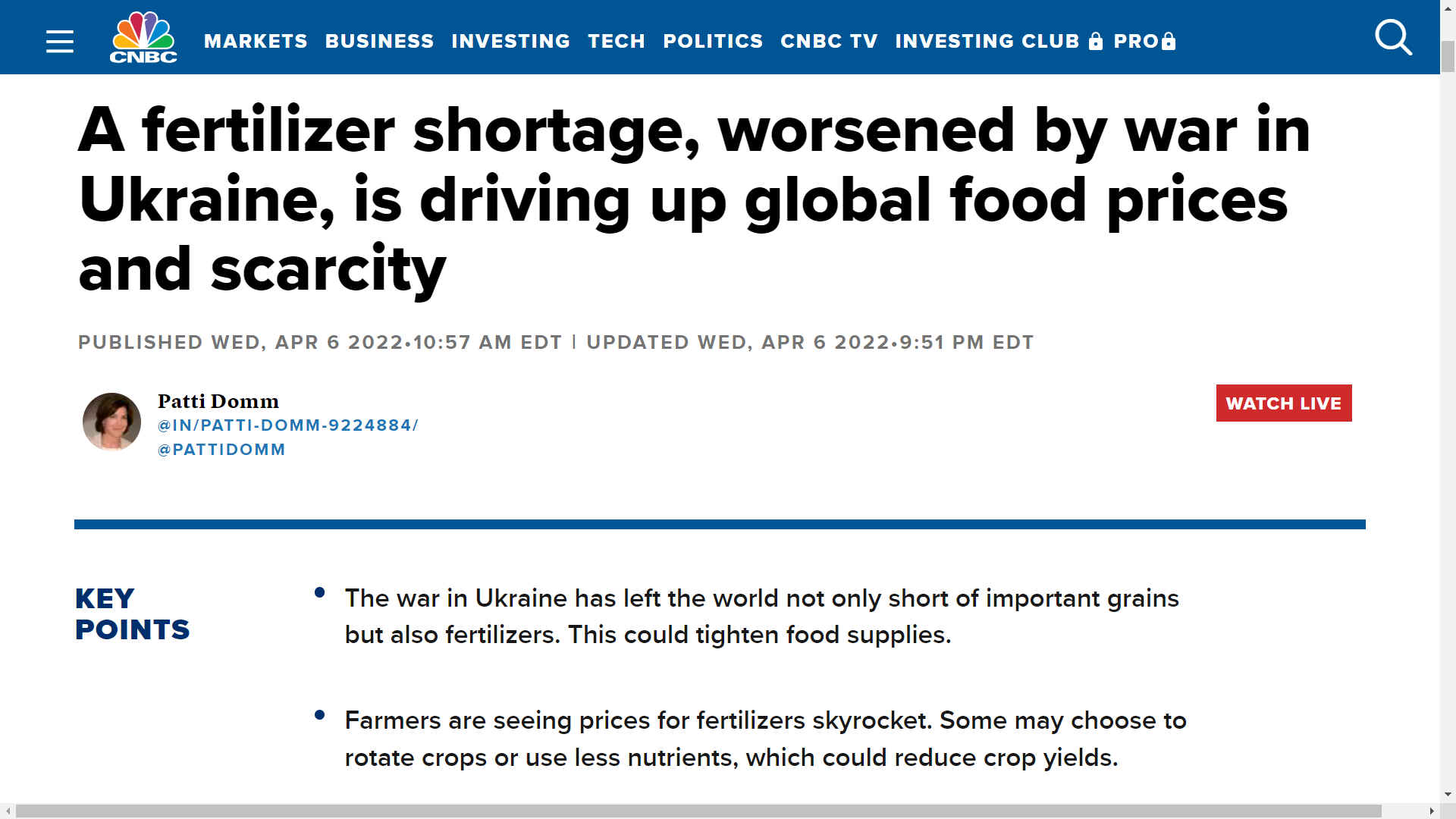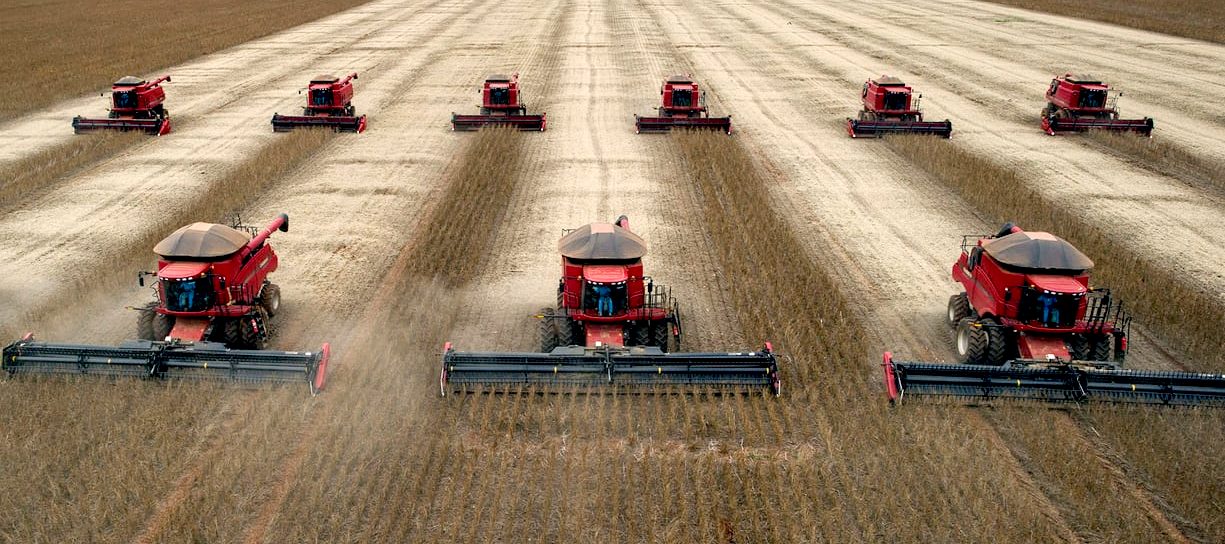|
F E R T I L I Z E R S
Please use our A-Z to navigate this site, or return HOME
The global population increase is directly linked to demand for food. This puts pressure on land area that is a finite resource in competition with housing and factories. Any way you look at it we are heading for a food shortage that could lead to grain wars as when the Romans invaded Ancient Egypt.
The Russia Ukraine situation has focused us up on fertilizers, now with a world shortage, and price hikes that will further increase the cost of a crust of bread.
Officials at the
United Nations and beyond are stepping up warnings about the mounting crisis for fertilizers — an essential substance to boost soil fertility — as vulnerable countries in areas such as Africa grapple with prices that have soared by 300 percent since Russia's war in Ukraine began.
The Food and Agriculture Organisation of the United Nations estimates that in coming decades, cropland will continue to be lost to industrial and urban development, along with reclamation of wetlands, and conversion of forest to cultivation, resulting in the loss of biodiversity and increased soil erosion. Many tools will be called upon to offset these projections. In Europe, one such tool is a geo-spatial data system called SoilConsWeb which is being developed to inform soil conservation minded decision making within agricultural sectors and other areas of land management.
We need harvesters like this in the ocean, to reap seaweed for food and fertilizers.
LINKS & REFERENCE
https://www.cnbc.com/2022/04/06/a-fertilizer-shortage-worsened-by-war-in-ukraine-is-driving-up-global-food-prices-and-scarcity.html
This website is provided on a free basis as a public information service. Copyright © Cleaner Oceans Foundation Ltd (COFL) (Company No: 4674774) 2022. Solar Studios, BN271RF, United Kingdom. COFL is a charity without share capital.
|

